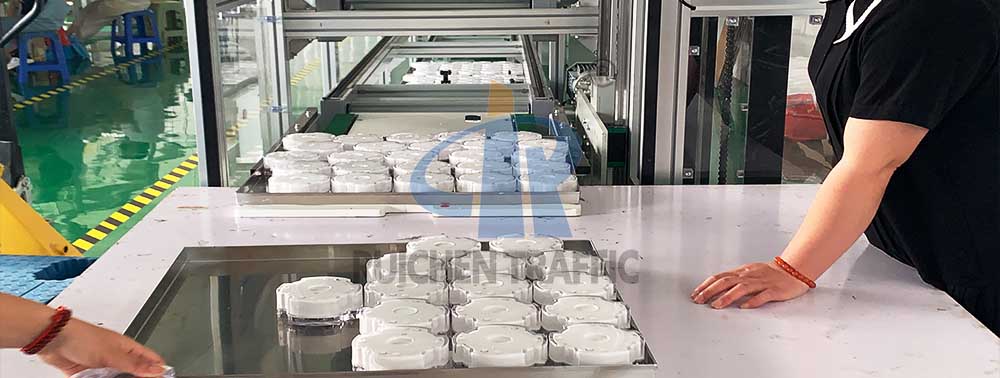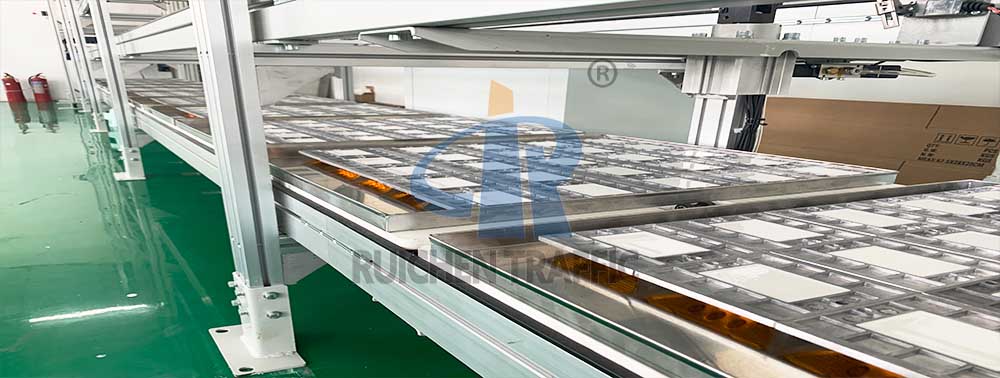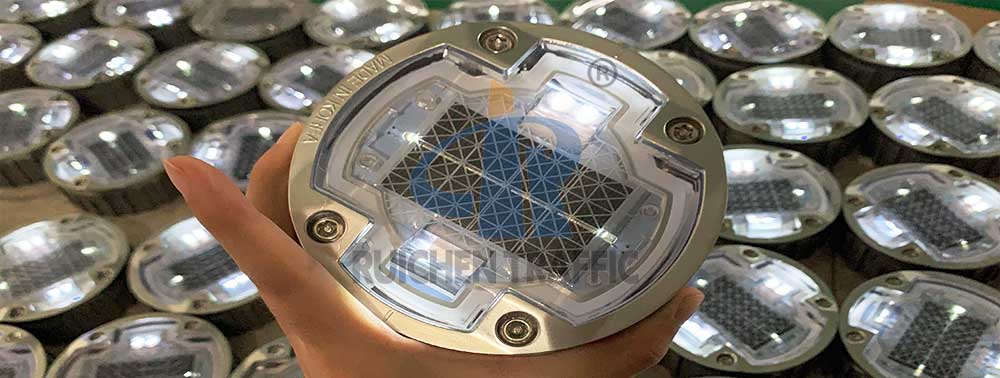As an innovative road safety facility,
Solar Road Studs has a wide range of applications and can improve road safety and visibility in a variety of situations. The following are examples of
Solar Road Studs being used in different situations:
1. Highways and entrances and exits
Highway entrances and exits (ramps): At the entrances and exits of highways,
Solar Road Studs can provide clear nighttime lighting to help drivers quickly identify the exit location and reduce the risk of missing the exit or emergency lane change due to unclear vision.
Road sections with large curves: At the curves of highways,
Solar Road Studs enhance the visibility of the road contour and improve the safety of drivers when driving on curves by combining active luminescence and passive reflection.
Near tunnel entrances and exits: There is a large difference in light inside and outside the tunnel.
Solar Road Studs are set up near the entrances and exits of tunnels to effectively guide drivers to adapt to light changes and reduce accidents caused by visual blind spots.

2. Urban roads and intersections
Crossroads/zebra crossings:
Solar Road Studs are installed at crossroads and zebra crossings in cities to remind drivers and pedestrians to pay attention to traffic safety, especially at night or in rainy and foggy weather, where their high brightness and flashing effect can attract more attention.
Sharp turns: Sharp turns in urban roads are accident-prone areas. The active lighting function of
Solar Road Studs can clearly outline the road contour, helping drivers to judge the direction of the road in advance and avoid accidents.
3. Rural and mountainous roads
Rural roads: In areas where transportation facilities such as rural roads are relatively weak,
Solar Road Studs, as an independent lighting solution, does not require external power and cables, can significantly reduce installation and maintenance costs, while improving road safety.

Mountain roads: Mountain roads have complex terrain and high risks of driving at night.
Solar Road Studs provide drivers with clear road guidance and reduce the risk of accidents by combining active lighting and passive reflection.
4. Special environments and road sections
Foggy areas (seaside, airport roads): In foggy areas such as seaside and airport roads, the fog penetration and penetration of
Solar Road Studs can ensure high visibility in foggy days, providing stable safety guidance for drivers.
Entrances and exits of elevated roads and tunnels: Due to the large changes in light in these areas, drivers are prone to visual illusions. The setting of
Solar Road Studs can effectively alleviate this problem and improve the driving safety of drivers.

5. Dangerous sections and temporary roads
Railway ramps:
Solar Road Studs are set at the ramps where the railway and the highway intersect to remind drivers of the existence of railway traffic and reduce the risk of traffic accidents.
On the lane line of the toll station:
Solar Road Studs are set on the lane line of the toll station to clearly divide the lane boundaries and guide vehicles to pass in an orderly manner.
Temporary road guidance: In sections where temporary traffic guidance is required, such as construction areas and accident sites,
Solar Road Studs can be quickly deployed and play a role to ensure traffic order and safety.
In summary,
Solar Road Studs have broad application prospects and significant safety benefits in different occasions. With the continuous advancement of technology and the reduction of costs,
Solar Road Studs are expected to be more widely used and promoted in the fields of road lighting and safety.


